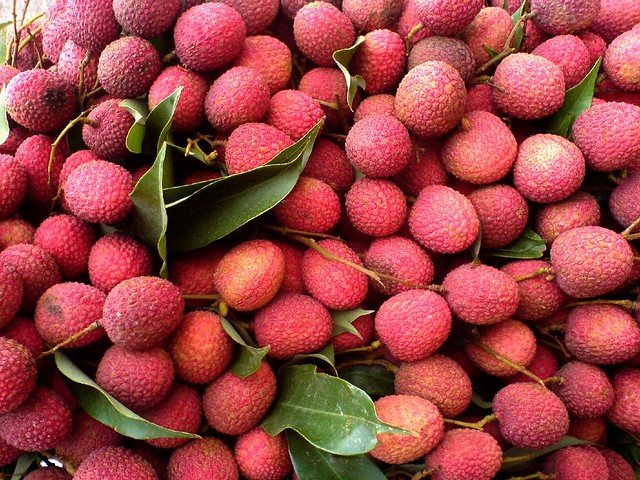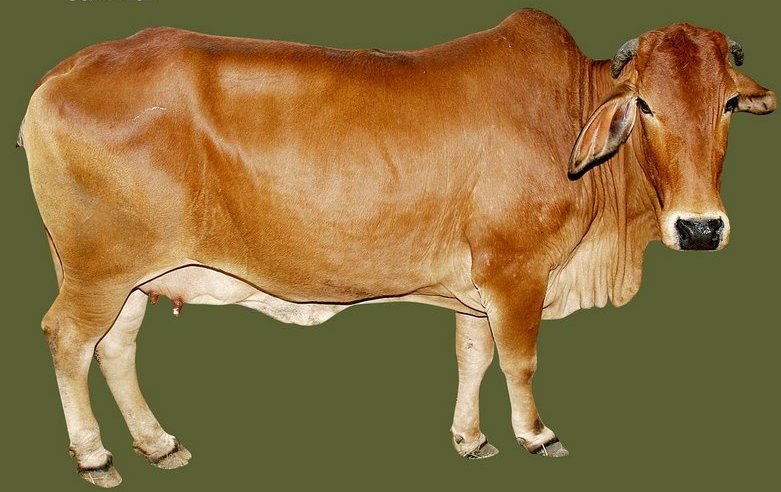This blog has seen it all - a lot of quick burst posts, some lull and no activity - and now its a great moment to see that its seeing its 100th Blog post.
I choose this post to write about the "Litchi " fruit. It is called a wonder fruit, and not without reason.
The fruit is supposed to aid in protection against heart disease and cancer.
Litchis contains soluble fiber which controls bowel problems and keep the stomach free from toxic compounds and help to clean the colon. Lychee is an amazing source of Vitamin C and other nutrients that are beneficial for your skin.
It helps in bone maintenance, and also leads to weight loss. It helps in strengthening the hair.

With so many benefits, it certainly deserves to be put in the Wonder Fruit Category.
Happy Litchiying!!!
I choose this post to write about the "Litchi " fruit. It is called a wonder fruit, and not without reason.
The fruit is supposed to aid in protection against heart disease and cancer.
Litchis contains soluble fiber which controls bowel problems and keep the stomach free from toxic compounds and help to clean the colon. Lychee is an amazing source of Vitamin C and other nutrients that are beneficial for your skin.
It helps in bone maintenance, and also leads to weight loss. It helps in strengthening the hair.

With so many benefits, it certainly deserves to be put in the Wonder Fruit Category.
Happy Litchiying!!!








